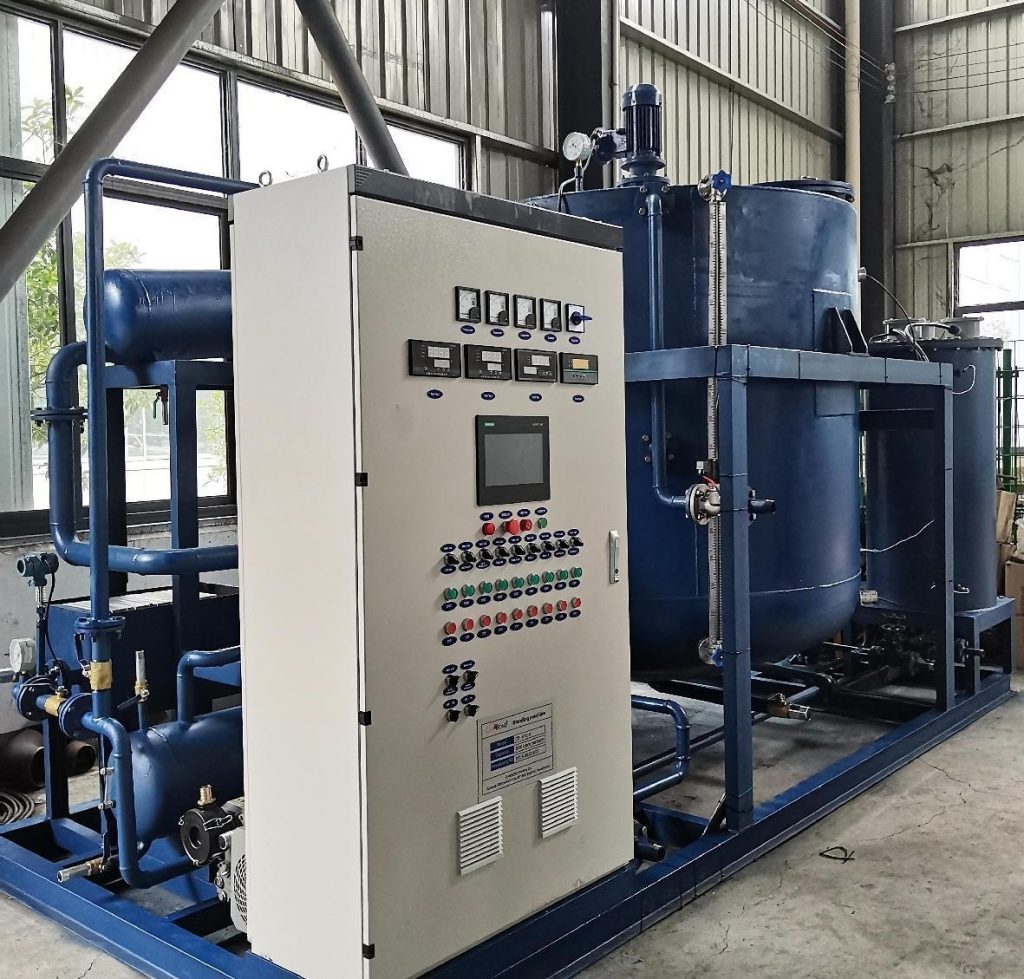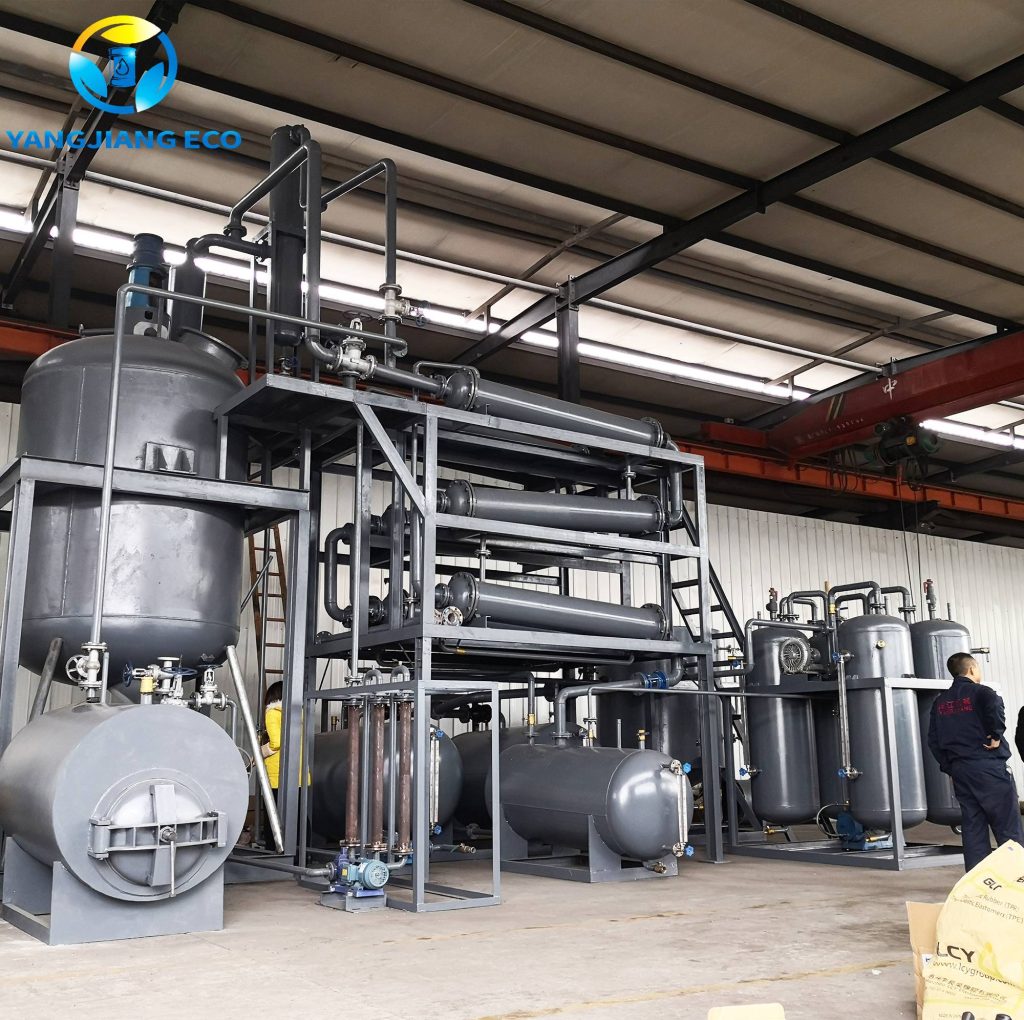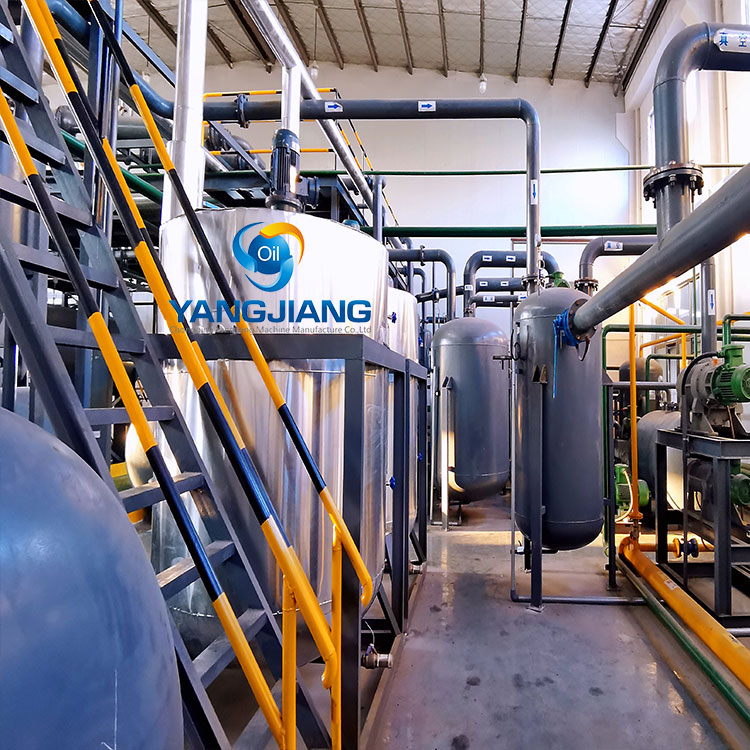The quality of base oil plays a pivotal role in the production of high-performance lubricants. As the primary component in lube oil blending, base oil directly impacts the final product’s performance, durability, and efficiency. This article explores the significance of base oil quality in lube oil blending, the factors influencing it, and the role of blending plants in ensuring superior lubricant quality.
What is Base Oil?
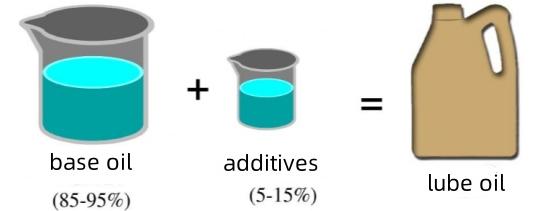
Base oil is the fundamental component used in the production of lubricants, forming the backbone of nearly every finished lubricant product. It is produced through the refining of crude oil or synthesized chemically, depending on the desired properties and performance requirements. Base oils are typically blended with additives to enhance their performance characteristics, such as viscosity, thermal stability, and wear protection.
In most lubricant formulations, base oils constitute 70-90% of the final product, making their quality and properties critical to the overall performance of the lubricant. The choice of base oil directly influences the lubricant’s ability to reduce friction, protect equipment, and operate efficiently under various conditions.
Base Oil Categories
Base oils are classified into five groups by the American Petroleum Institute (API) based on their refining process, viscosity index, and sulfur content:
- Group I – Solvent-refined, contains higher sulfur levels, and has a lower viscosity index (80-120). Used in basic industrial and automotive applications.
- Group II – Hydrotreated base oils with lower sulfur content and improved oxidation stability. Widely used in modern lubricants.
- Group III – Highly refined base oils with a viscosity index above 120, used in high-performance synthetic lubricants.
- Group IV – Polyalphaolefins (PAOs), fully synthetic base oils with superior performance in extreme temperatures.
- Group V – All other base oils, including esters and polyalkylene glycols (PAGs), used in specialized applications.
The selection of base oil depends on the desired properties of the final lubricant and its application.
Importance of Base Oil Quality in Lube Oil Blending

The performance and longevity of lubricants heavily depend on the quality of the base oil. Serving as the main component, base oil determines key characteristics of lube oil, such as viscosity, stability, and wear protection. A superior base oil guarantees effective lubricant performance in diverse conditions, including fluctuating temperatures and high-stress environments.
- Oxidation Stability is one of the key benefits of using superior base oils. High-quality base oils are more resistant to oxidation, which helps prevent sludge and varnish formation. This resistance extends the life of the lubricant, reducing the need for frequent oil changes and maintenance. In contrast, poor-quality base oils degrade quickly, leading to a higher risk of engine or machinery damage.
- Another key aspect is controlling viscosity. Base oils that possess superior viscosity properties ensure a steady flow, allowing for effective lubrication even under extreme temperature conditions. When the viscosity index (VI) is high, the base oil stays stable in both hot and cold environments, delivering optimal lubrication performance across a broader temperature spectrum.
- Additive Compatibility also plays a role in lubricant performance. Quality base oils provide a better foundation for additives, which are added to enhance properties such as anti-wear, corrosion resistance, and detergency. When base oils are of poor quality, their ability to hold and distribute these additives can be compromised, leading to reduced overall performance.
In a word, the choice of base oil directly influences the reliability and efficiency of lubricants, making its quality a crucial element in successful lube oil blending.
Factors Influencing the Base Oil Quality
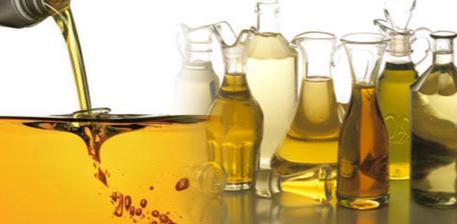
The quality of base oil is influenced by a variety of factors, each of which plays a critical role in determining its performance and suitability for use in lubricant formulations. Here is a sheet summarizing the key factors that influence the base oil quality.
| Factor | Description | Impact on Base Oil Quality |
| Crude Oil Source | The type of crude oil used in the refining process (e.g., light, sweet crude vs. heavy, sour crude). | Light, sweet crude oils generally yield higher-quality base oils with better purity and performance. |
| Refining Process | The method used to refine crude oil into base oil (e.g., solvent refining, hydrocracking, etc.). | Advanced refining processes like hydrocracking produce base oils with higher purity, stability, and performance. |
| Viscosity Index (VI) | A measure of how the oil’s viscosity changes with temperature. | A higher VI indicates better viscosity stability across a wide temperature range, enhancing lubricant performance. |
| Aromatic Content | The level of aromatic compounds in the base oil. | Lower aromatic content results in better oxidation stability and reduced sludge formation. |
| Sulfur Content | The amount of sulfur present in the base oil. | Lower sulfur content improves oxidation stability and reduces environmental impact. |
| Saturation Level | The degree of saturation of hydrocarbon molecules in the base oil. | Higher saturation levels (e.g., in Group II and III oils) improve thermal and oxidative stability. |
| Additive Compatibility | The ability of the base oil to work effectively with additives. | High-quality base oils must be compatible with additives to achieve desired lubricant properties. |
By carefully managing these factors, you can produce base oils that meet the stringent requirements of modern lubricant formulations, ensuring optimal performance and longevity in a wide range of applications.
The Role of Lube Oil Blending Plants in Ensuring Quality
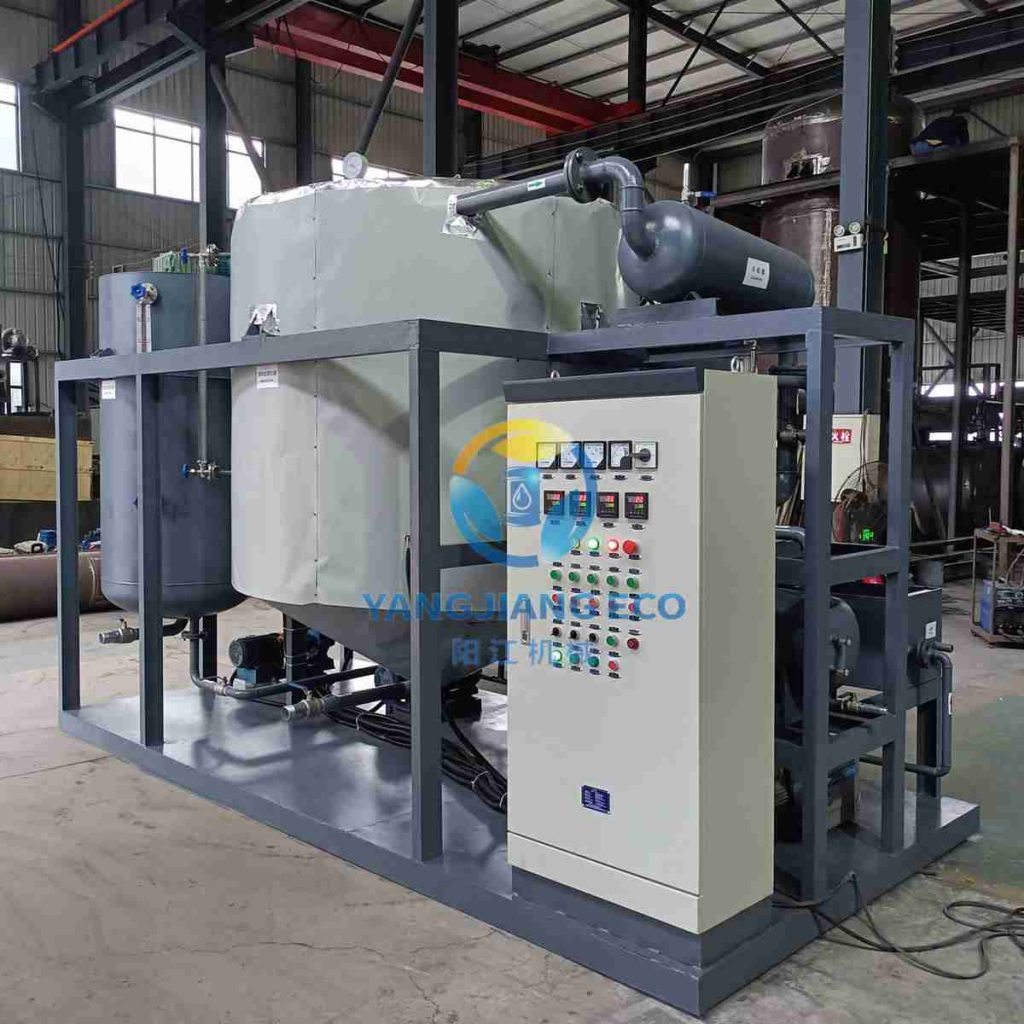
Lube oil blending plants are essential for maintaining lubricant quality and consistency by precisely mixing base oils and additives. Engineered for accuracy, these plants ensure the correct blending ratios, eliminating formulation errors that might affect performance. With automated systems in place, they reduce human error and improve efficiency, resulting in a consistently high-quality final product.
A major benefit of modern blending plants is their capability to process various base oils and additives with exceptional precision. Equipped with advanced technologies like inline blending, they enable real-time monitoring and adjustments to uphold optimal formulation standards. This guarantees that the lubricants comply with industry requirements, including viscosity, oxidation stability, and wear resistance.
Additionally, blending plants are equipped with heating and mixing mechanisms that enhance the homogeneity of the lubricant, preventing issues like separation or inconsistent properties. They also integrate quality control systems that monitor parameters such as temperature, density, and flow rate, ensuring that each batch meets the required performance criteria.
These plants play a crucial role in enhancing product reliability, cost efficiency, and adherence to industry regulations by automating and optimizing the blending process. They are vital for producing high-performance lubricants that fulfill the requirements of modern engines and industrial applications.

YANGJIANG is a leading manufacturer of high-quality lube oil blending machines, known for their precision, durability, and ability to meet the stringent demands of the lubricant industry. If you are in need of any Lube Oil Blending Plants, please contact YANGJIANG, or visit our official website for more information.
Recommended Products

